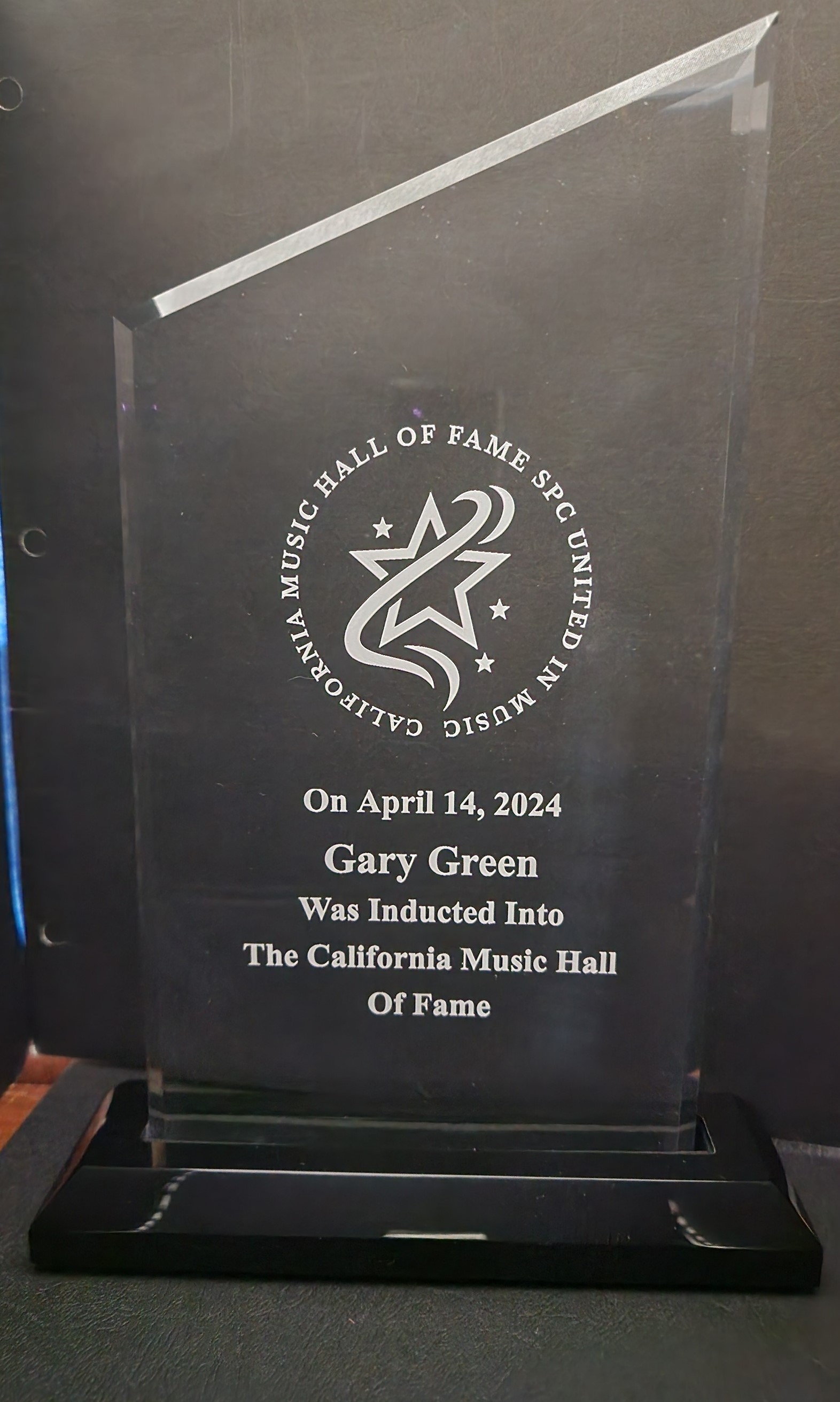Celebrating a Century of Music in America
4 min readCelebrating a Century of Music in America
The world of music has seen incredible change and innovation over the last century, with each decade bringing its own unique sound and style. In this retrospective, we will explore the evolution of music from the 1920s to the 2020s, highlighting the unique changes and aspects of each era.
1920s: The Jazz Age
The 1920s, also known as the Roaring Twenties, witnessed the birth of the Jazz Age. Jazz music, characterized by improvisation and syncopation, became the soundtrack of the era. Notable musicians, like Louis Armstrong and Duke Ellington, pushed the boundaries of the genre, while the introduction of electric recording technology allowed jazz to spread across the globe.
1930s: The Golden Age of Hollywood
The 1930s saw the rise of Hollywood, and with it, film scores and musicals. Composers such as Max Steiner and Erich Wolfgang Korngold crafted iconic scores that set the tone for films of the time. Meanwhile, Broadway experienced a boom in musicals, with hits like “Anything Goes” and “Porgy and Bess.”
1940s: The Big Band Era
The Big Band era dominated the 1940s, characterized by large orchestras and a focus on swing music. Bandleaders like Glenn Miller, Benny Goodman, and Tommy Dorsey brought danceable tunes to the masses, while the emerging bebop movement, led by Charlie Parker and Dizzy Gillespie, explored complex harmonies and rhythms.
1950s: Rock ‘n’ Roll Revolution
The 1950s heralded the arrival of rock ‘n’ roll, a fusion of blues, country, and rhythm and blues. Elvis Presley, Chuck Berry, and Little Richard became iconic figures, while Buddy Holly and Ritchie Valens tragically exemplified the era’s “live fast, die young” ethos. Additionally, the birth of Motown Records introduced a new era of soul and R&B.
1960s: British Invasion and Counterculture
The 1960s witnessed the British Invasion, led by The Beatles and The Rolling Stones, which brought a new wave of rock music to the United States. Simultaneously, the counterculture movement emerged, with artists like Bob Dylan, Jimi Hendrix, and Janis Joplin promoting peace, love, and protest through their music. This decade also marked the rise of the “concept album,” exemplified by The Beatles’ “Sgt. Pepper’s Lonely Hearts Club Band.”
1970s: Disco, Punk, and Prog Rock
The 1970s brought a diverse range of music, from disco’s infectious dance beats to punk’s raw energy. Notable artists include ABBA, the Bee Gees, and Donna Summer, who ruled the dance floor, while The Ramones and The Sex Pistols embodied the punk movement. Additionally, progressive rock bands such as Pink Floyd and Genesis experimented with complex compositions and themes.
1980s: The MTV Generation
The 1980s saw the birth of MTV, transforming music into a visual experience. Artists like Michael Jackson and Madonna became global icons, while the emergence of hip-hop and rap, led by Run-D.M.C. and Public Enemy, revolutionized the music landscape. This decade also saw the rise of new wave and synth-pop, with bands like Depeche Mode and The Cure.
1990s: Grunge, Pop, and Hip-Hop
The 1990s were defined by the grunge movement, with bands like Nirvana and Pearl Jam dominating the charts. Meanwhile, pop music experienced a resurgence, with acts like Britney Spears, Spice Girls, and *NSYNC capturing the hearts of fans worldwide. Hip-hop also continued to evolve, with artists such as Tupac Shakur, The Notorious B.I.G., and Dr. Dre pushing the genre into the mainstream.
2000s: The Digital Revolution
The advent of the digital age in the 2000s transformed the way we consumed and shared music. The rise of platforms like Napster and iTunes revolutionized music distribution, while iPods and MP3 players became ubiquitous. This era saw the continued popularity of hip-hop and R&B, with artists like Eminem, OutKast, and Beyoncé dominating the charts. Indie rock bands such as The Strokes and Arctic Monkeys also emerged, alongside the growing popularity of electronic dance music (EDM) and the rise of mega-producers like Daft Punk and David Guetta.
2010s: The Streaming Era
The 2010s ushered in the era of music streaming, with services like Spotify and Apple Music becoming the primary means of consumption. This decade saw a blend of various genres, with pop stars like Lady Gaga and Katy Perry sharing the spotlight with rap artists like Kendrick Lamar and Kanye West. The rise of K-pop, led by groups such as BTS and BLACKPINK, demonstrated the growing influence of global music trends. Additionally, electronic music continued to evolve, with the popularity of subgenres like dubstep and future bass.
2020s: The Age of TikTok and Virtual Performances
As we entered the 2020s, the music landscape continued to shift, influenced by social media platforms like TikTok, where short, catchy songs and dance challenges went viral. This decade also saw the increasing importance of virtual performances due to the COVID-19 pandemic, with artists such as Travis Scott and Billie Eilish engaging fans through immersive online concerts. Furthermore, the rise of artificial intelligence and machine learning in music production promises to bring about exciting innovations in the years to come.
The last century has been a fascinating journey through the world of music. As we continue to explore new technologies and embrace diverse influences, the future of music promises to be as dynamic and innovative as the decades that have come before.
Photo Credit: Envato Elements






